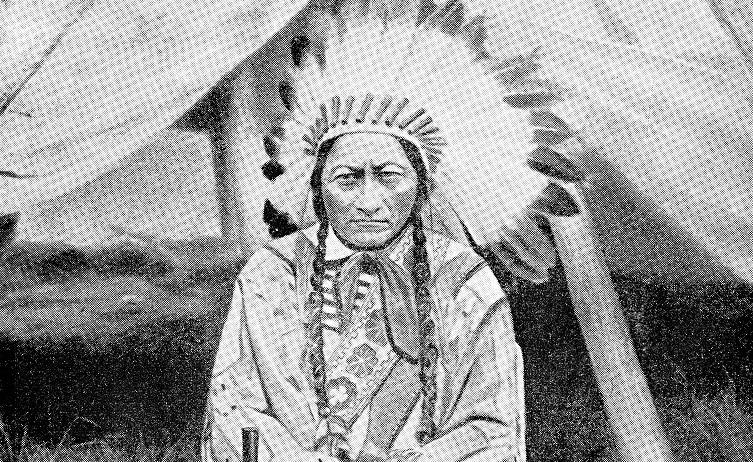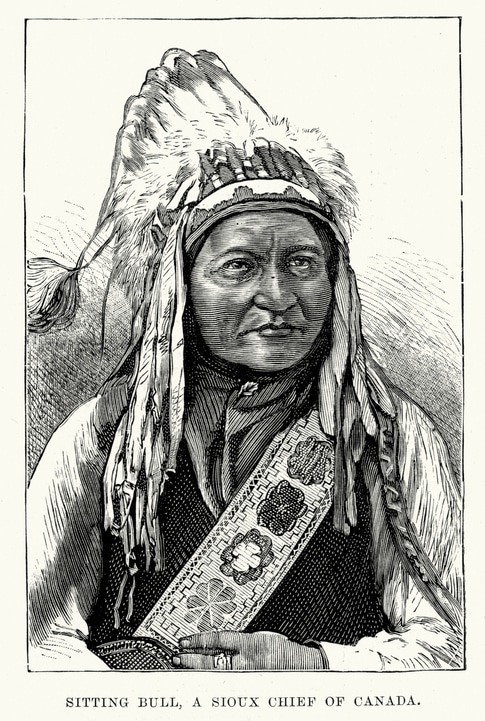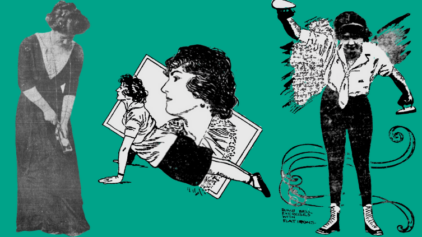Josephine Baker was an amazing Woman and deserve s the recognition for her achievements and bravery.
Autosomal DNA Analysis Confirms Identity of Living Descendant of Sitting Bull
- By Daniella


Last week, the multidisciplinary scientific journal Science Advances published an article reporting a groundbreaking case of DNA identification: scientists were able to extract the DNA of legendary Lakota Sioux leader Tatanka Iyotake (Sitting Bull) and, using autosomal DNA analysis, confirm his relationship to his living great-grandson, Ernie LaPointe.
Take a MyHeritage DNA test to confirm your own origins
Sitting Bull (1831–1890) was a leader of the Hunkpapa Lakota Sioux, known for resisting the policies of the United States regarding Native Americans. He was killed by Indian agency police while they were trying to arrest him, and before his burial, the post surgeon took Sitting Bull’s scalp lock and cloth leggings as souvenirs. Sitting Bull was buried at Fort Yates in North Dakota, in a place now known as the Standing Rock Indian Reservation.
Sitting Bull’s family claims that this site has no significance for the leader, and in 1953, his relatives asked a mortician to open the gravesite, presumably so they could move his remains to a new site in Mobridge, South Dakota. Sitting Bull’s great-grandson, Ernie LaPointe, is concerned for the future of what he believes to be the final resting place of his ancestor.
Before now, Ernie’s relationship to Sitting Bull had been proven by documentation: “birth and death certificates, a family tree, and a review of historical records,” according to the Science Advances article. But when researcher Eske Willerslev read in an article in 2007 that the lock of hair was being returned to Sitting Bull’s descendants, he contacted the family, offering to extract their ancestor’s DNA from the hair and confirm their genetic relationship. A professor of ecology and evolution at the University of Cambridge, Eske normally focuses his research on analyzing ancient DNA to understand genetic diversity — but he had always admired Sitting Bull as a historical figure, and wanted to help the family uphold their ancestor’s legacy. Proving their relationship with DNA would further strengthen the family’s legal claim to deciding the fate of Sitting Bull’s burial site.
However, extracting and analyzing Sitting Bull’s DNA was no simple task. After being stored at room temperature at the National Museum of Natural History for more than 100 years, the lock of hair had badly degraded and there wasn’t enough DNA to analyze it using the methods available at the time. So Eske and his team had to develop a new method.
What’s more, the simplest way to confirm paternal or maternal lineage is through the Y chromosome or mitochondrial DNA respectively, but since Ernie is descended from Sitting Bull through his mother’s side, neither method would work. The researchers therefore analyzed Sitting Bull’s autosomal DNA and compared it to Ernie’s, and they were able to confirm that Sitting Bull was indeed Ernie’s great-grandfather.
This wonderful story demonstrates that while Y-DNA and mtDNA have their uses and can be invaluable in certain situations, the autosomal test casts a wider net. Combined with advanced DNA research tools like MyHeritage’s filtering and sorting capabilities, the One-to-many Chromosome Browser, AutoClusters, and the Theory of Family Relativity™, the autosomal DNA test can do practically everything the Y-DNA or mtDNA test can do — and much more. Click here to learn more about the various types of DNA test and how you can research your maternal and paternal lines using MyHeritage DNA.











Gail Readinger
December 1, 2021
Most interesting and excellent, especially about Sitting Bulls descendants.